Windows Phone sales dip in the US, but passes 10% in France and growing in Europe
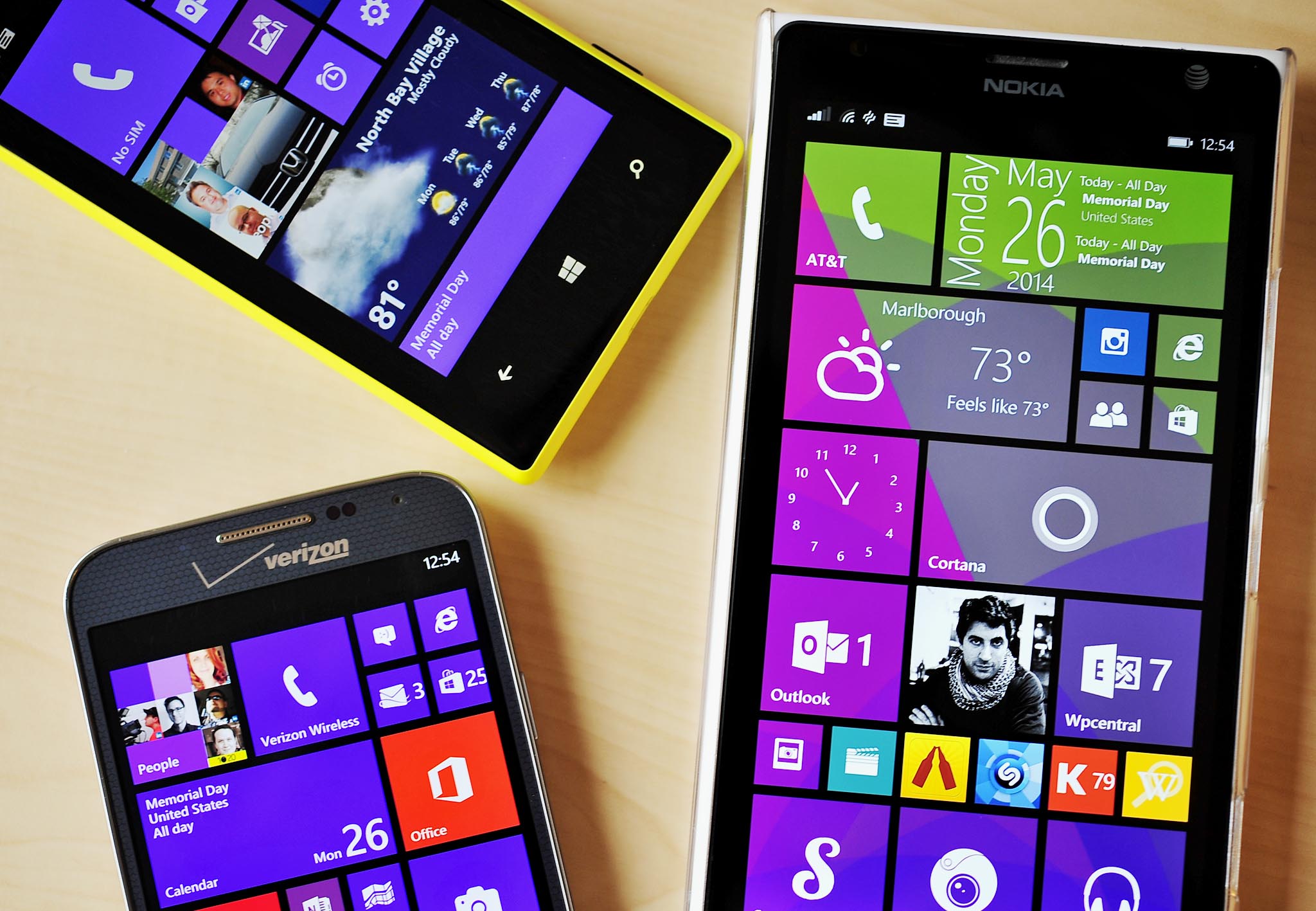
According to Kantar WorldPanel sales of Windows Phone devices continue to grow at a moderate pace across Europe, especially the big five countries (UK, Germany, France, Italy and Spain).
However in the United States Samsung’s Galaxy S5 looks to be hurting Windows Phone and the iPhone.
Europe rising
The latest numbers were just released this morning by Kantar, who monitor sales channels of various smartphones. Today’s stats account for sales for the three months to April 2014. The trajectory of sales for Windows Phone looks to be the same with Europe being its strongest market, including France, passing 10% and the UK with 9.5% in sales. Spain also had a big jump to 4.6% (up from 1.7% the year earlier).
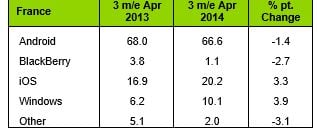
The total Windows Phone market share of sales across the big five European markets is at 8.4%, with Android leading with 72.4% and Apple at 17.5%.
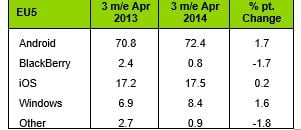
Those numbers signal what Kantar refers to as “increased handset fragmentation across the European smartphone market”, which in this case is a good thing for Microsoft’s Windows Phone since they are the ones doing most of the fragmenting.
US drops for Windows Phone sales
The course in the United States though is also similar, that is Windows Phone continues to struggle. Sales of Windows Phones have dropped to 4.7%, down from 5.6% one year earlier. Two factors can possibly be attributed to those numbers:
- The hype and launch of the Samsung Galaxy S5
- One major Windows Phone launch with the Verizon Lumia Icon (Samsung ATIV SE came later in April)
The Galaxy S5 launched at the end of March with preorders, but the hype around its announcement – and later the HTC One (M8) – seems to have impacted sales of all other mobile operating systems. It was no secret that HTC and Samsung had new flagship devices coming out, and it looks like many were taking a ‘wait and see’ approach.
Get the Windows Central Newsletter
All the latest news, reviews, and guides for Windows and Xbox diehards.
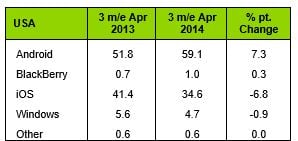
On the flipside, Windows Phone did not have much for new devices in the first part of the year. The Lumia Icon launched on Verizon, but AT&T, T-Mobile and Sprint did not see the addition of any new devices. The Nokia Lumia Icon has received solid reviews, but there are no sales numbers to indicate how well it is doing. One thing is obvious, however well it is selling it is not enough to offset the continued strength of Android (and Samsung in particular).
Indeed, Samsung is so strong in the US that its sales rival that of Apple (34.1% versus 34.6%, respectively).
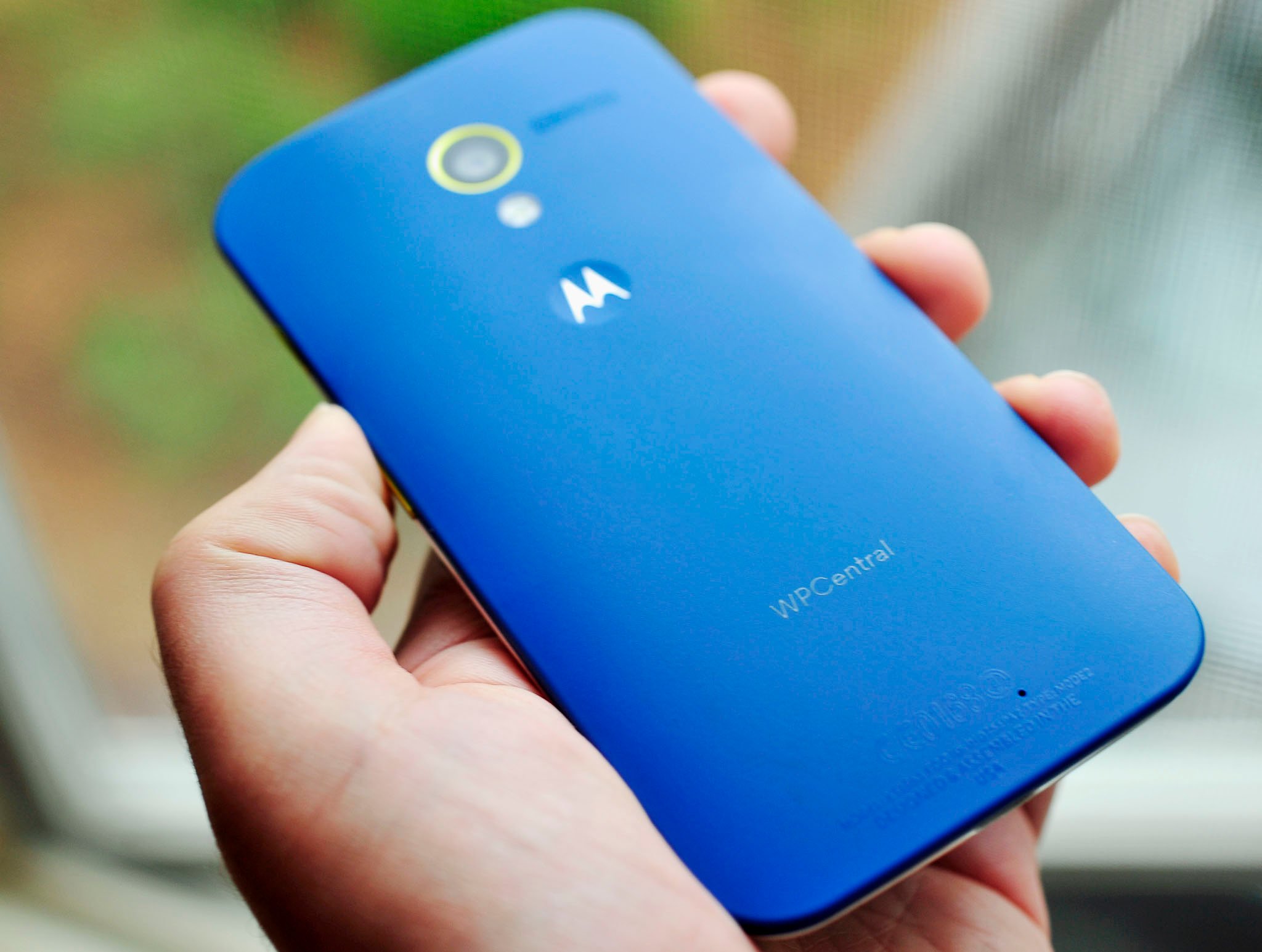
China and Android dominate
Low-cost Android devices are continuing increase in popularity in China with a 7.9% increase in sales year-over-year and a nearly 80% dominance in device sales. That has come at the expense of Windows Phone, which has dropped from a poor 2.2% in 2013 to an even worse 0.8% in early 2014. Ironically, the Android-based Nokia X may be playing into that decline, though, with no solid sales numbers on that device, it’s hard to know for sure.
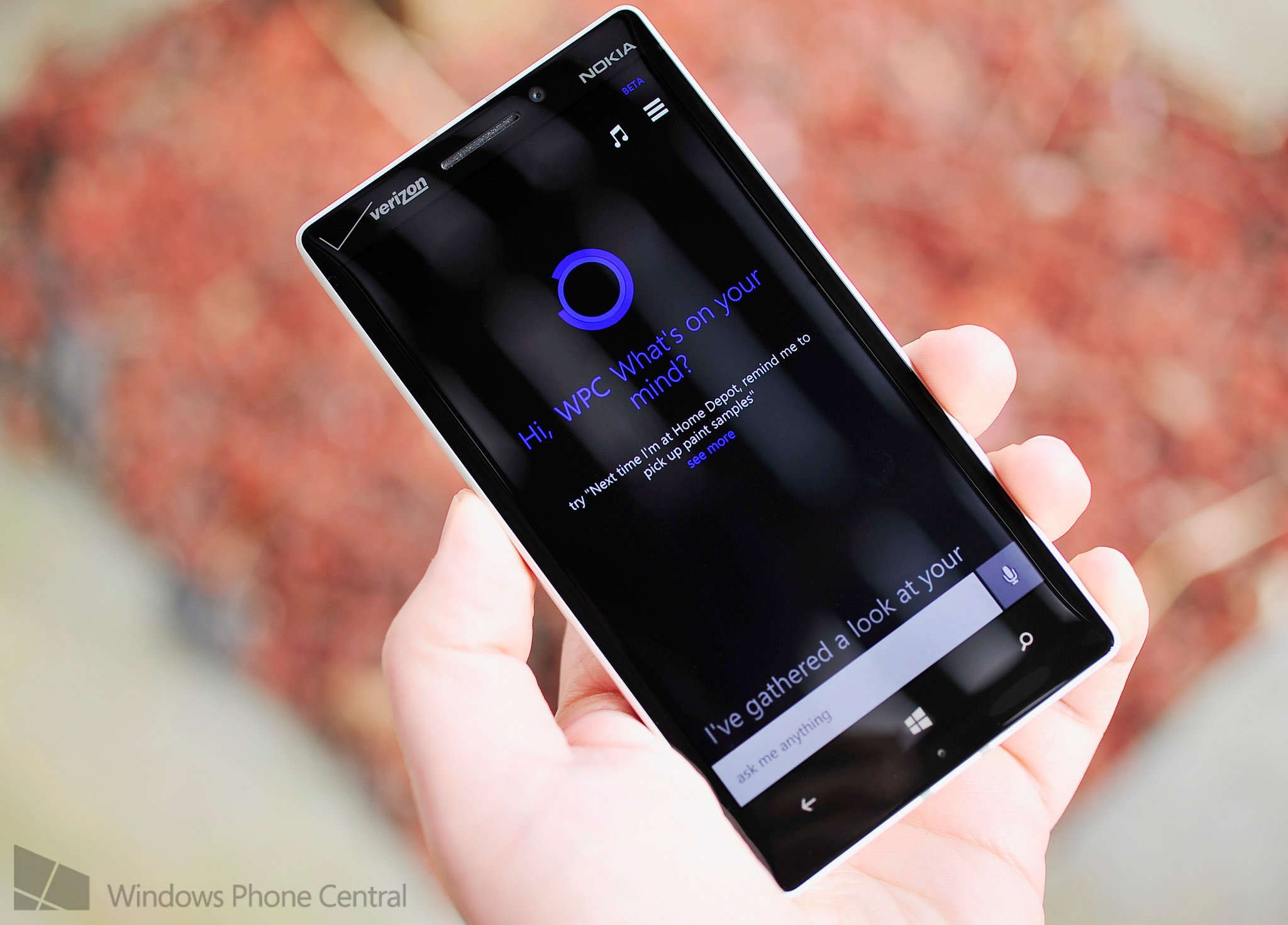
No '8.1effect' just yet
Windows Phone 8.1 was not announced in time for these sales numbers, so there will be little impact to marketshare.
In the US there are no official Windows Phone 8.1 handsets available today, with the 8.1 update likely this summer for existing devices. For AT&T, we are expecting a re-launch of the Nokia Lumia 1520 in Green for a June/July timeframe, but no new major Windows Phone device until November. Likewise, AT&T and T-Mobile are expected to get the Nokia Lumia 630 in July as well.
We don’t have high hopes for any US or worldwide bump for Windows Phone for the next few months as the 8.1 update may not push sales too much higher. It will be interesting to see how adoption of the Lumia 630 and later the Lumia 930 affect sales.
Source: Kantar Worldpanel

Daniel Rubino is the Editor-in-chief of Windows Central. He is also the head reviewer, podcast co-host, and analyst. He has been covering Microsoft since 2007 when this site was called WMExperts (and later Windows Phone Central). His interests include Windows, laptops, next-gen computing, and wearable tech. He has reviewed laptops for over 10 years and is particularly fond of 2-in-1 convertibles, Arm64 processors, new form factors, and thin-and-light PCs. Before all this tech stuff, he worked on a Ph.D. in linguistics, performed polysomnographs in NYC, and was a motion-picture operator for 17 years.
